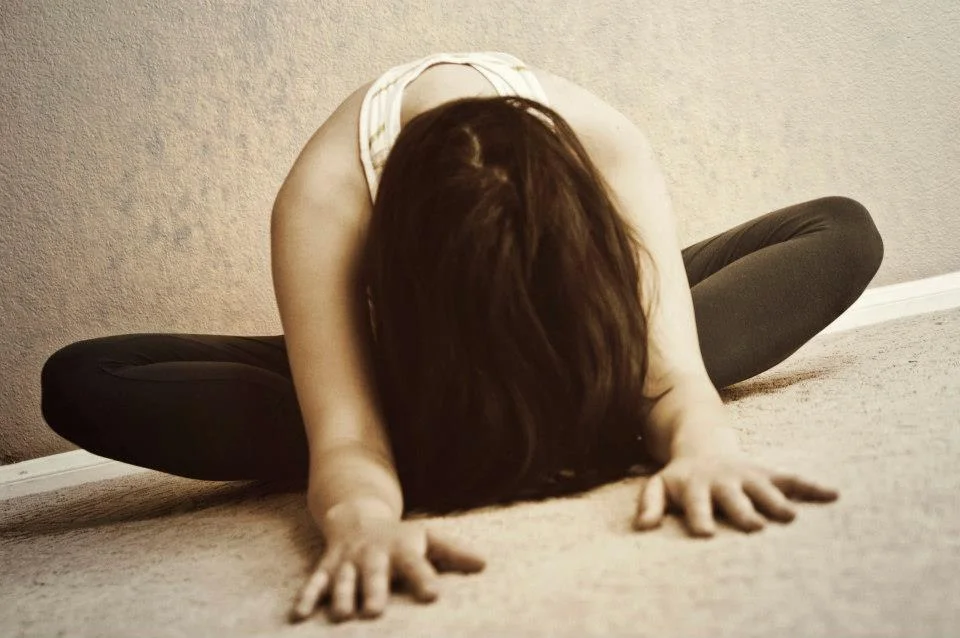Yin yoga is based on the Taoist concepts of yin and yang, opposite and complementary energies found in nature. Yang energy is described as masculine, hot, active and energetic. Yin energy is described as feminine, cooling, passive and stable. Yang relates to the sun and yin to the moon. Yin yoga was brought and developed in the West by martial artist and Taoist yoga teacher, Paulie Zink. Later influenced by teachers Bernie Clark, Paulie Grilley and Sarah Powers.
A yang yoga practice is one that is described as active, stimulating the muscles and generating heat throughout the body. A yin yoga practice is described as a slower practice, meditative and stretches connective tissue. Yin yoga mostly targets the lower part of the body and postures are held for several minutes. Longer holds allows the body to access deeper layer of fascia.
Yoga poses or asanas may closely resemble poses in a traditional yoga class, however they have different names and are not performed in the same way. For example, in seated fold you maybe used to keeping the back upright, lengthening the spine. In a yin yoga class, the upper body is folded over passively.
When our energy is out of balance, we may feel physically, mentally or emotionally out of balance. This many manifest in many different way, such as illness, feeling sluggish, physical pain, fatigue, burnout, exhaustion, depression. Since most of our lives are carried out in a yang manner, yin helps to bring us back into balance.
What are the benefits to yin yoga?
Compliments a yang yoga practice or active lifestyle
Calming and balancing to the mind and body
Increases mobility in the lower body, especially hips and joints
Releases fascia throughout the body
Great coping practice for anxiety and stress
Helps foster self-love and self compassion
Teaches us to slow down and look within
Brings the body and mind into a state of deep relaxation





